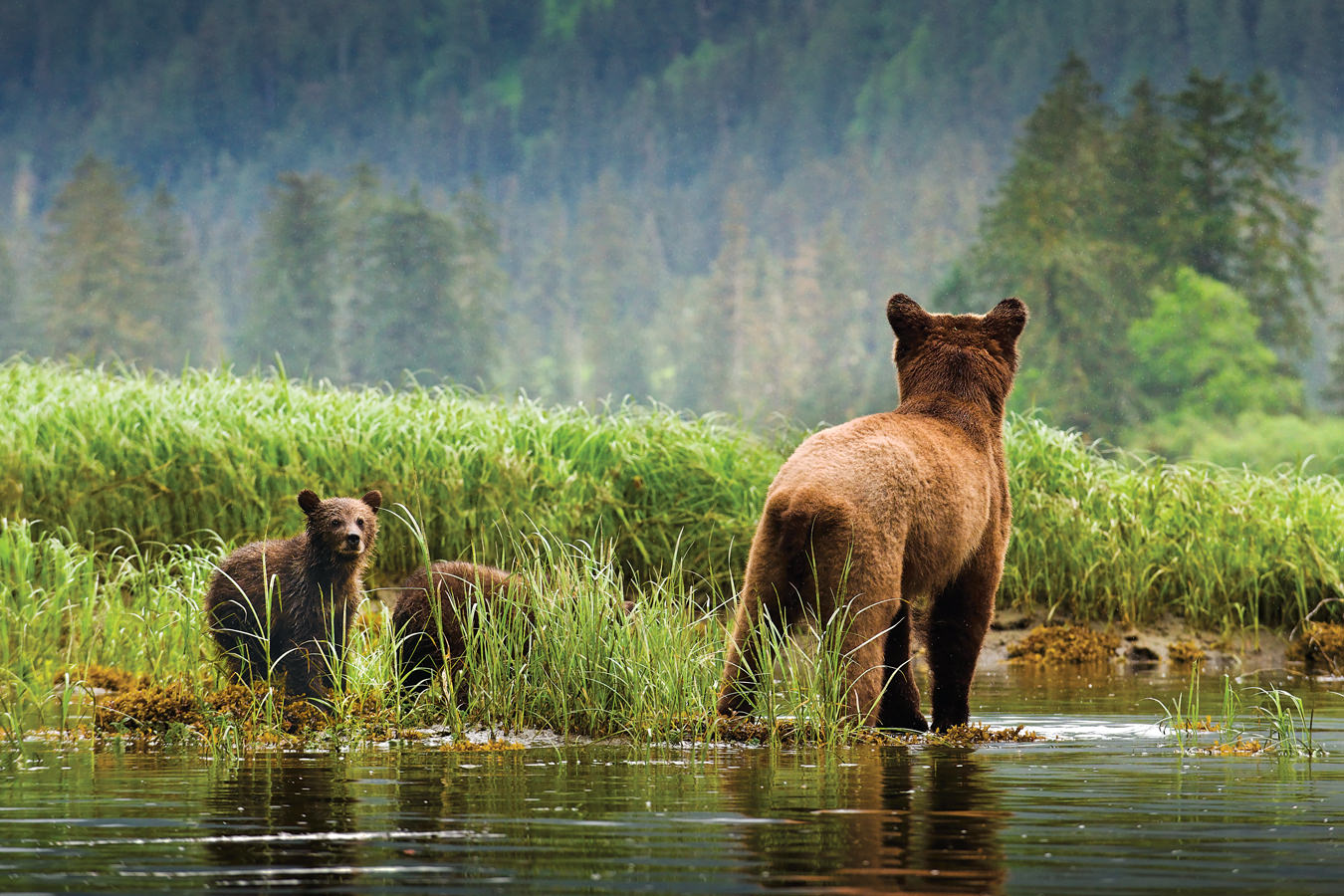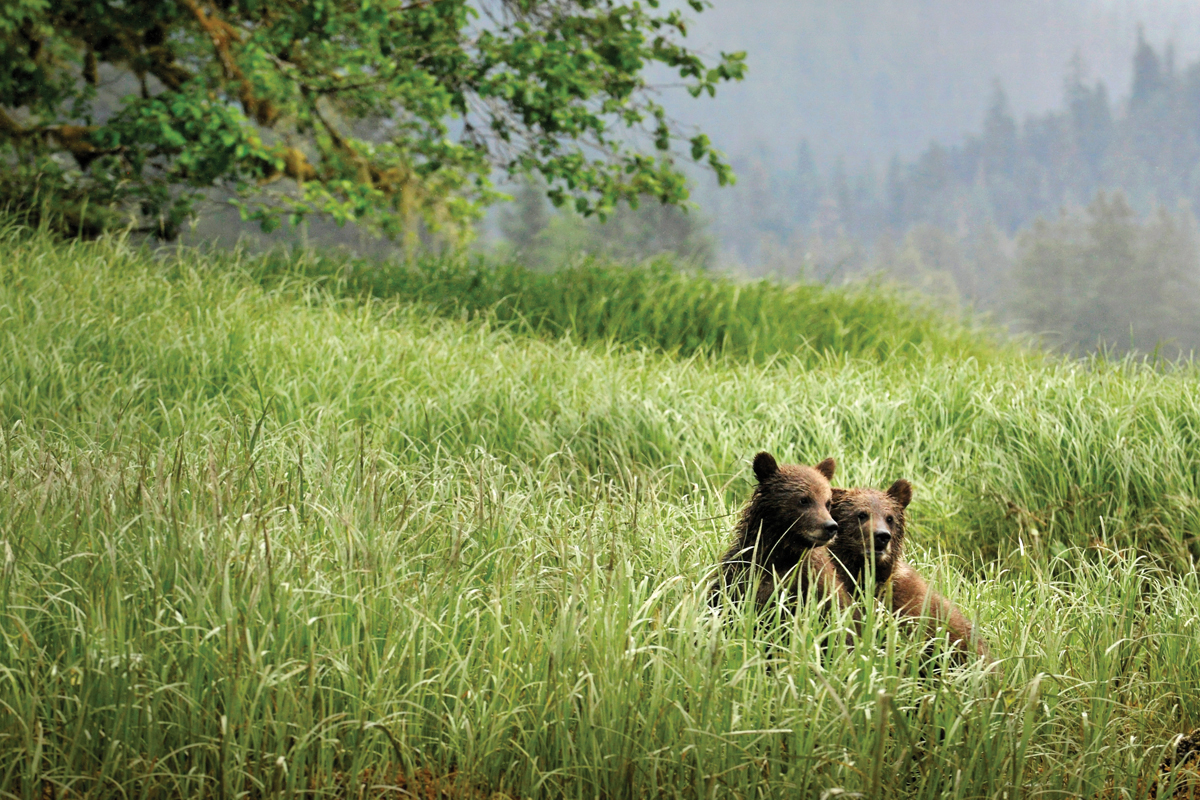Self-professed professional tree-hugger Nicole Rycroft never thought she would be sharing a stage with design house executives, fashion media elites, and supermodels. The front lines of the environmental movement to protect ancient and endangered forest ecosystems are indeed a long way from New York City, but that’s precisely where Rycroft found herself last September—standing at a podium at The Pierre luxury hotel, speaking to the guests of Fashion 4 Development’s First Ladies Luncheon about CanopyStyle. Created by Vancouver-based nonprofit Canopy, it is one of the fastest-moving environmental initiatives in the international apparel industry.
“Four years ago, Canopy discovered that fashion was driving the destruction of the world’s endangered forest ecosystems,” Rycroft, founder and executive director of the organization, told the audience, which included Arianna Huffington, Annie Lennox, and Ban Soon-taek, spouse of the United Nations secretary-general. “We launched the CanopyStyle campaign to stop the use of endangered forests in the production of fabrics like rayon and viscose, and to kick-start production of sustainable alternatives.”
If you’re surprised to learn that the latest addition to your spring wardrobe may come from a tree, you’re not alone. “It’s not intuitive that something that can give you a splinter ends up being a really soft, beautiful, silky fabric next to your skin,” Rycroft says. From Vancouver Island to Indonesia, some 120 million trees are logged every year and turned into dissolving pulp, which is used to make fabric.
Awareness is building, and at the time of writing, 68 brands had signed on to CanopyStyle with formal commitments to eliminate ancient and endangered forest fibre from their clothing by the end of 2017. “The way brands and designers have stepped in to partner with us has really shown that being stylish doesn’t have to cost the earth,” says Rycroft, rattling off a long list of supporters including Lululemon, H&M, Stella McCartney, and Eileen Fisher. “It’s a very dynamic industry to be working with.”
Canopy is all about mobilizing those market trendsetters. In 2000, the organization started working with publishers to develop environmental paper purchasing policies and put pressure on suppliers. The campaign earned the support of J.K. Rowling and culminated in the final Harry Potter book being the greenest in publishing history. CanopyStyle takes a similar approach by encouraging brands and designers to demand forest-friendly fabrics from their suppliers. At the same time, Canopy is in direct conversation with the other side: today, nine of the top 10 viscose producers, representing about 70 per cent of the global market share, have committed to stop sourcing from ancient and endangered forests.
“CanopyStyle helps us find out more and keep going with our mission to be as sustainable and ethical as possible,” says Vancouver designer Nicole Bridger, one of CanopyStyle’s first signatories. “In my heart, I just think it’s the right thing to do.”
Get your copy of our Spring 2017 issue.













